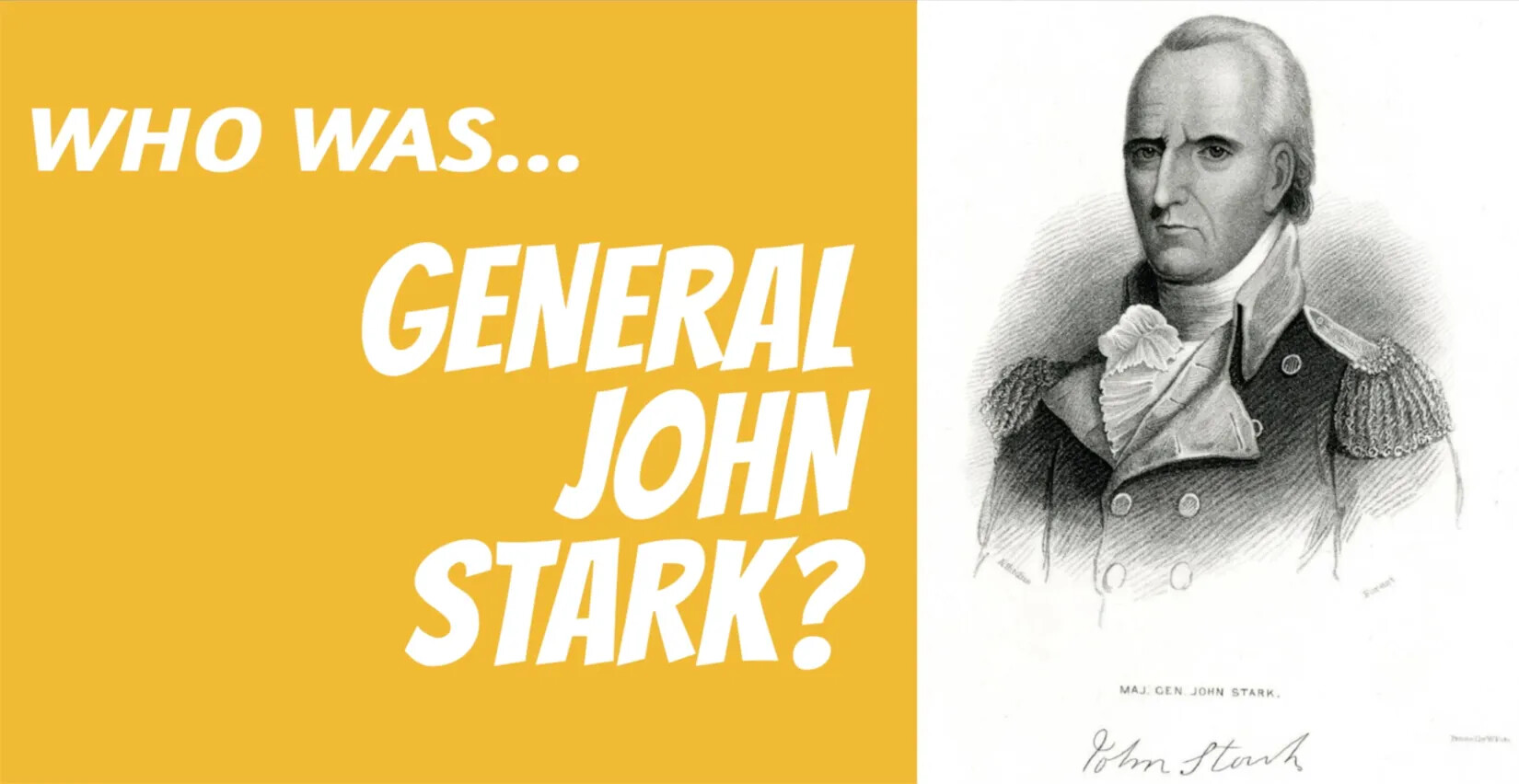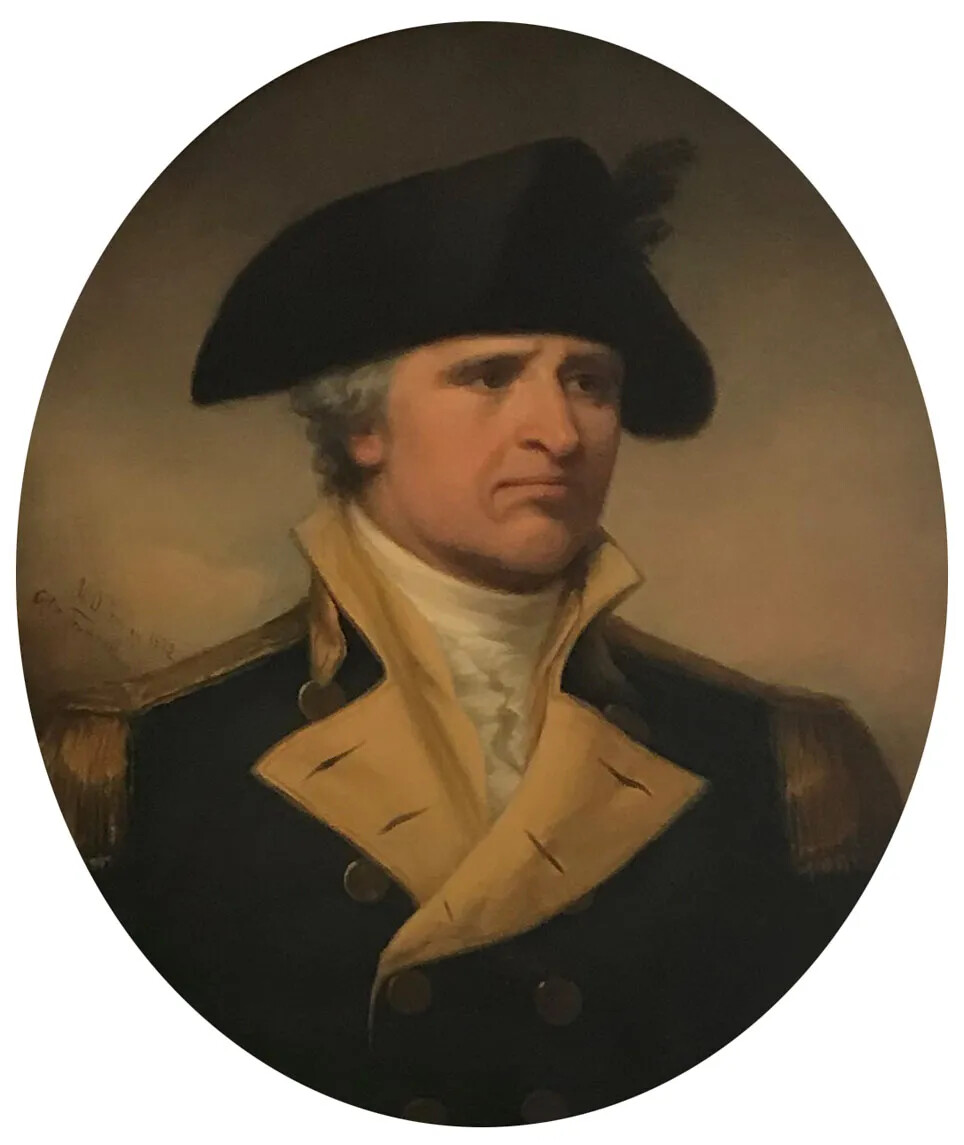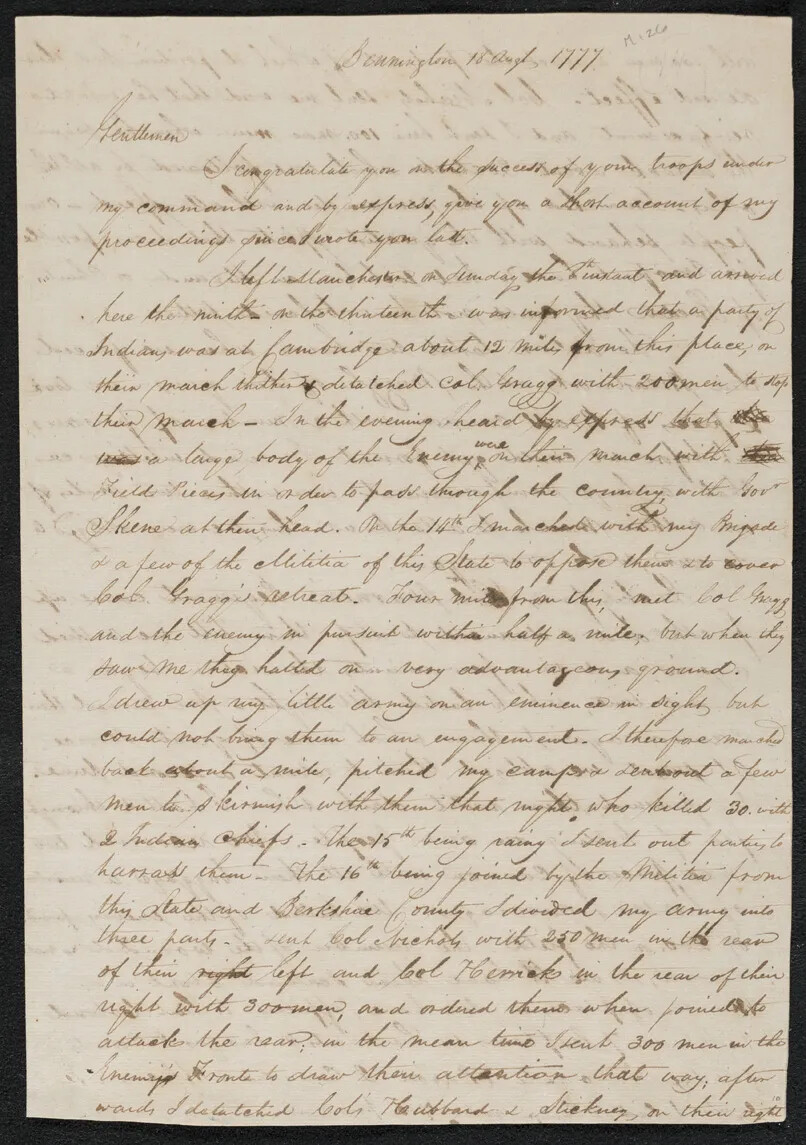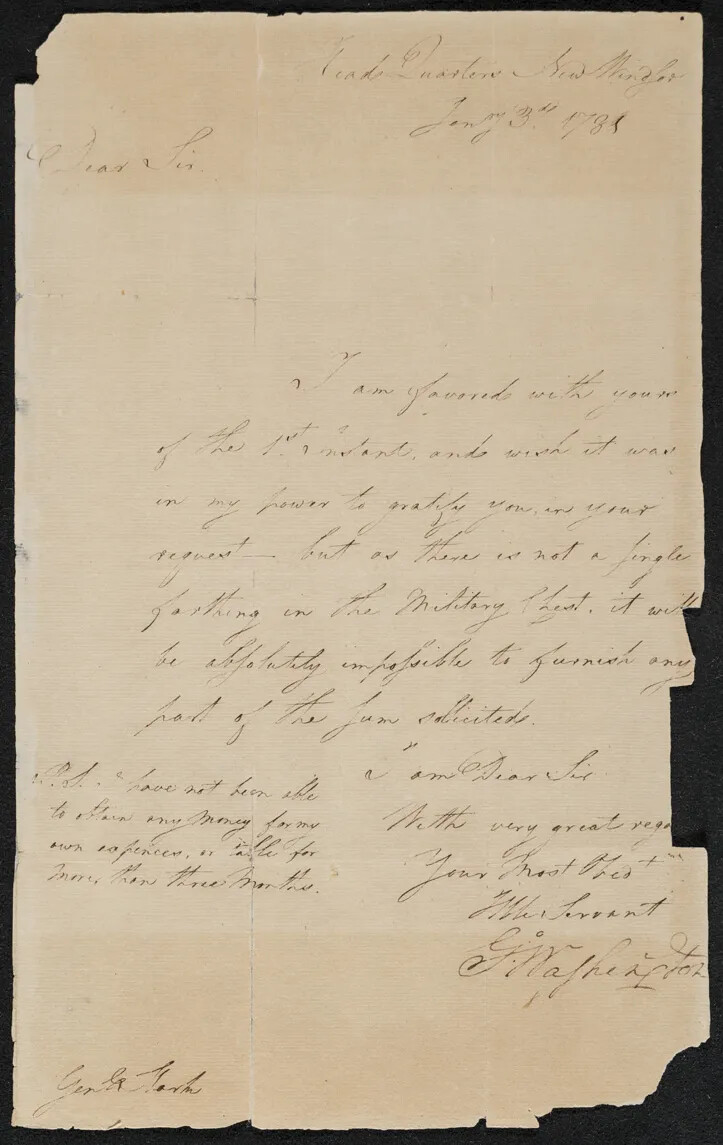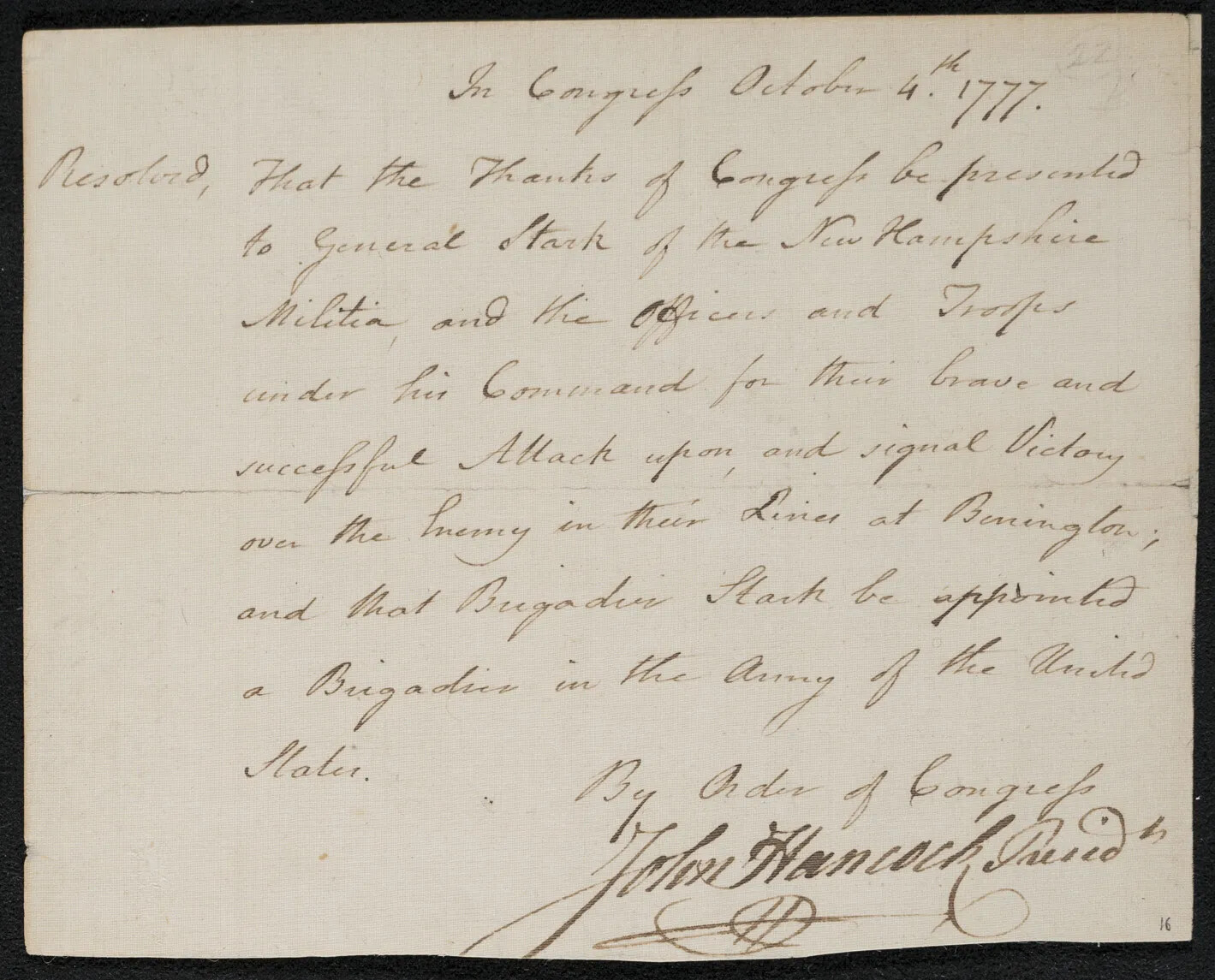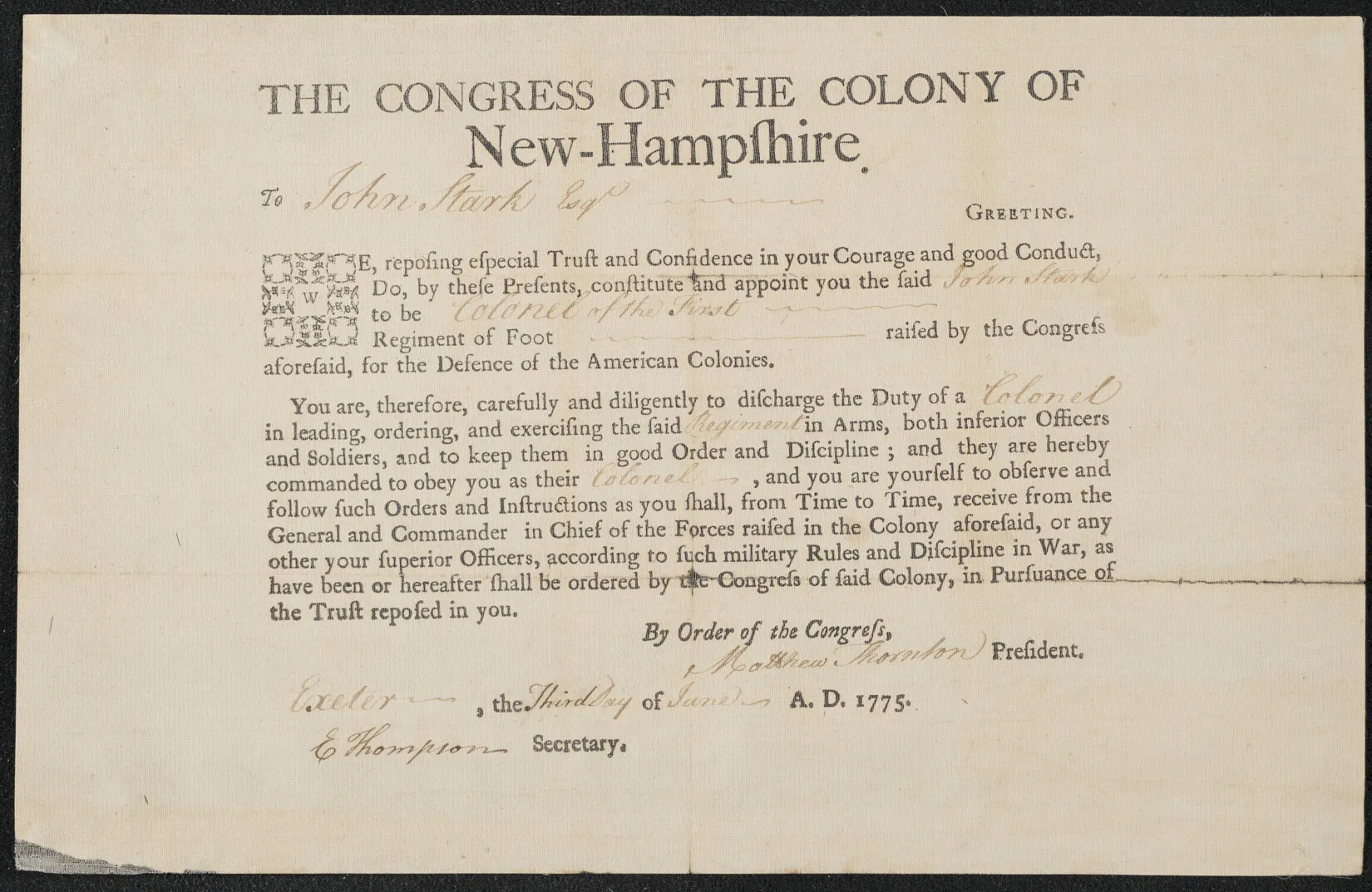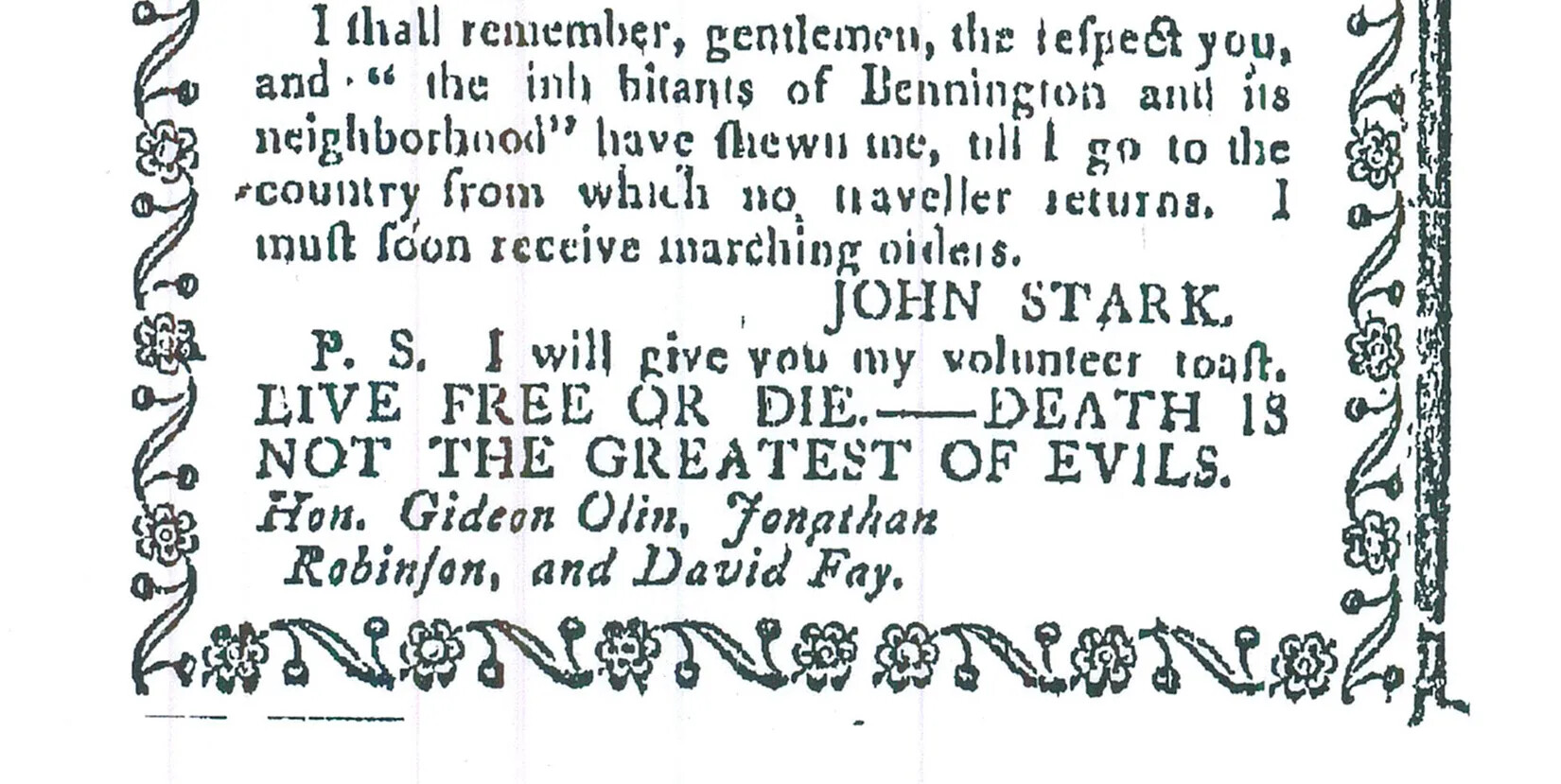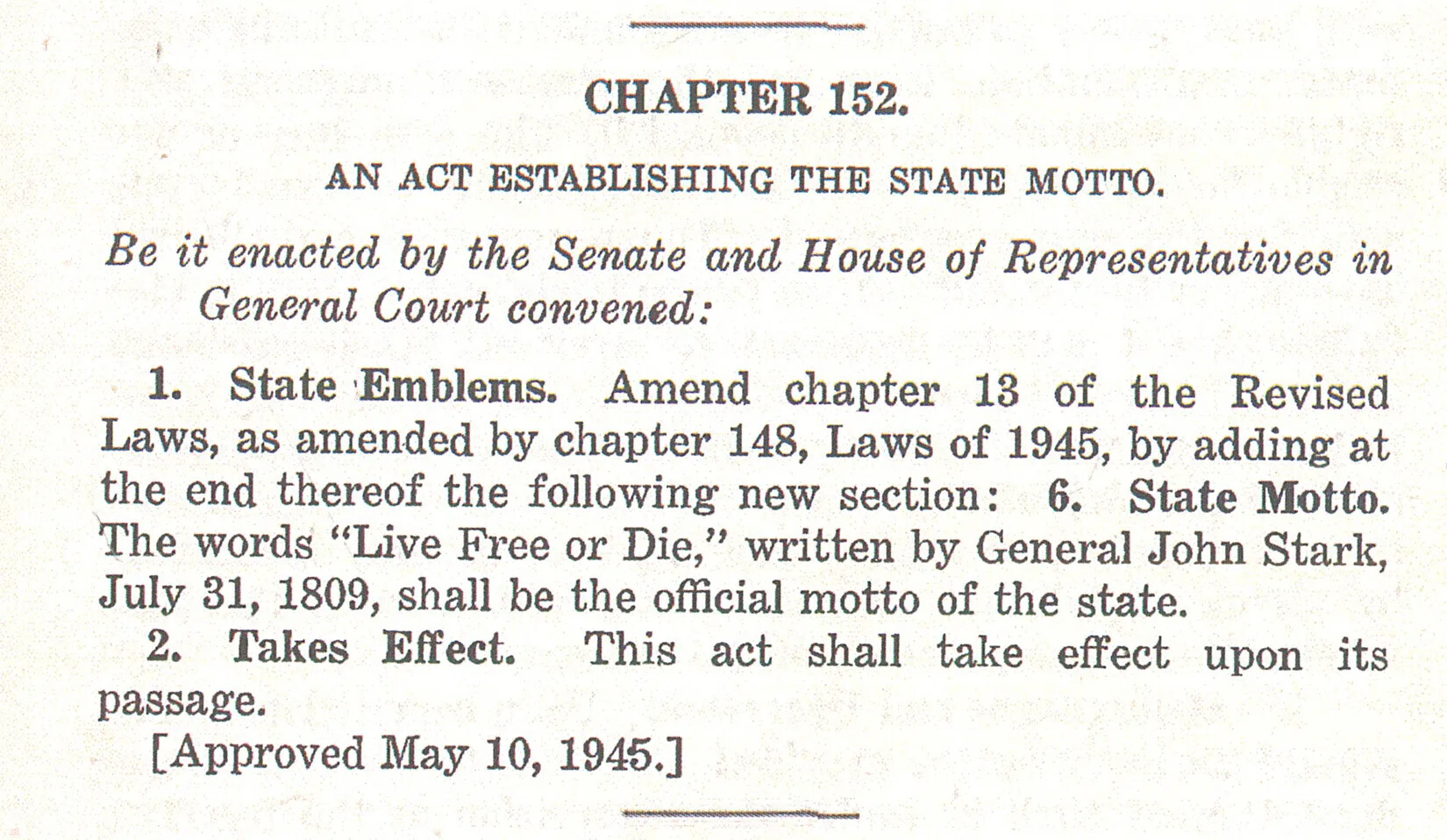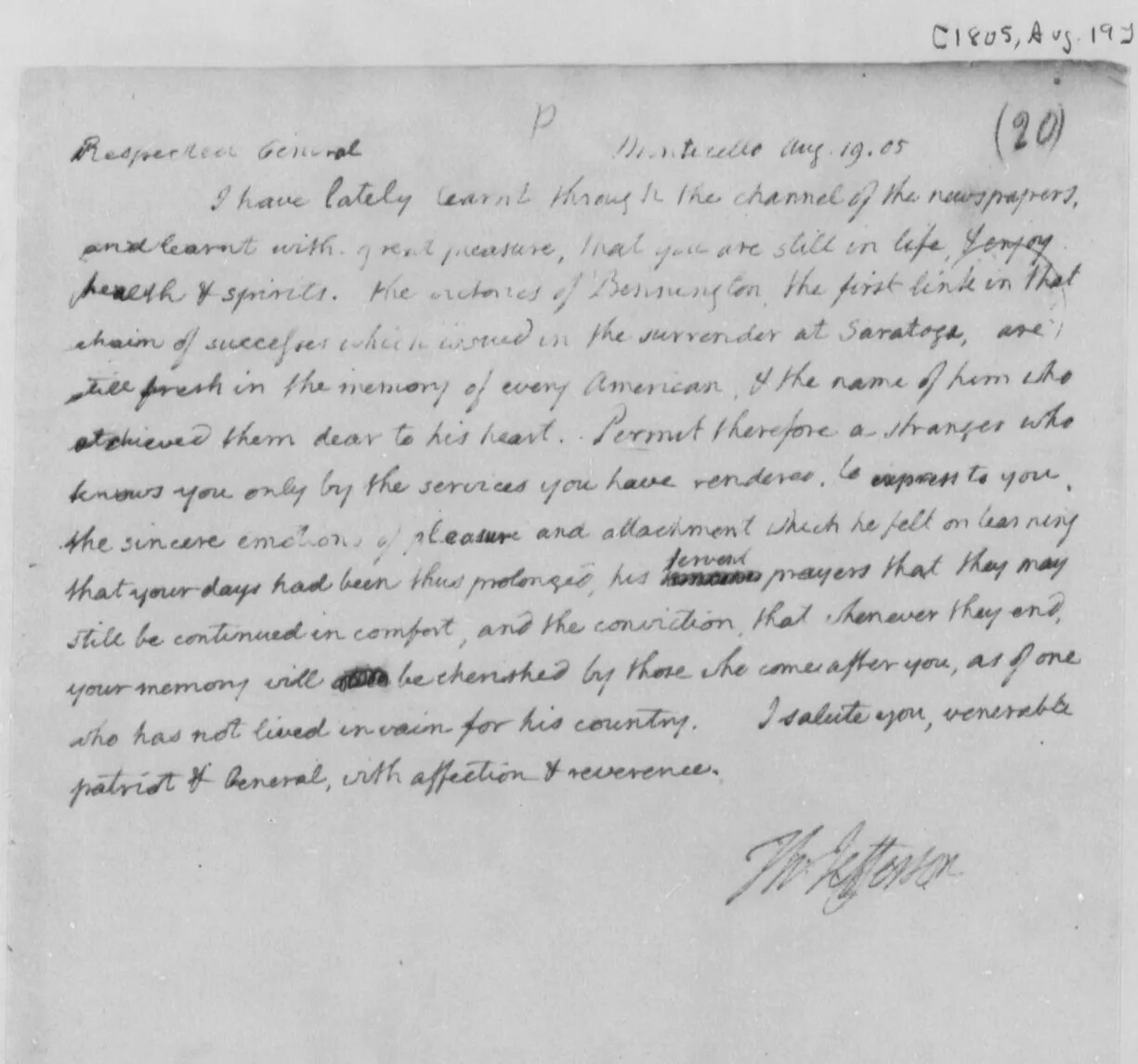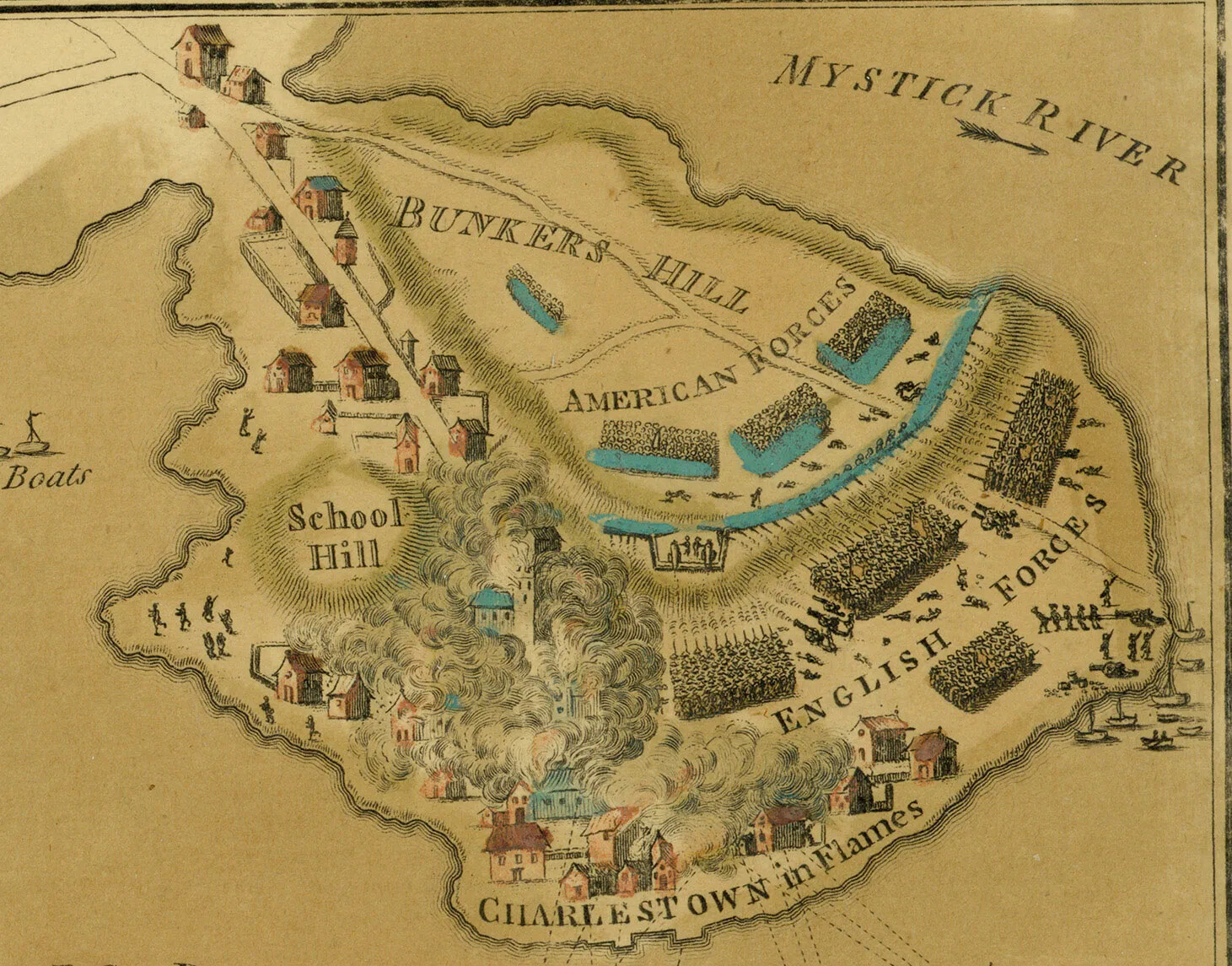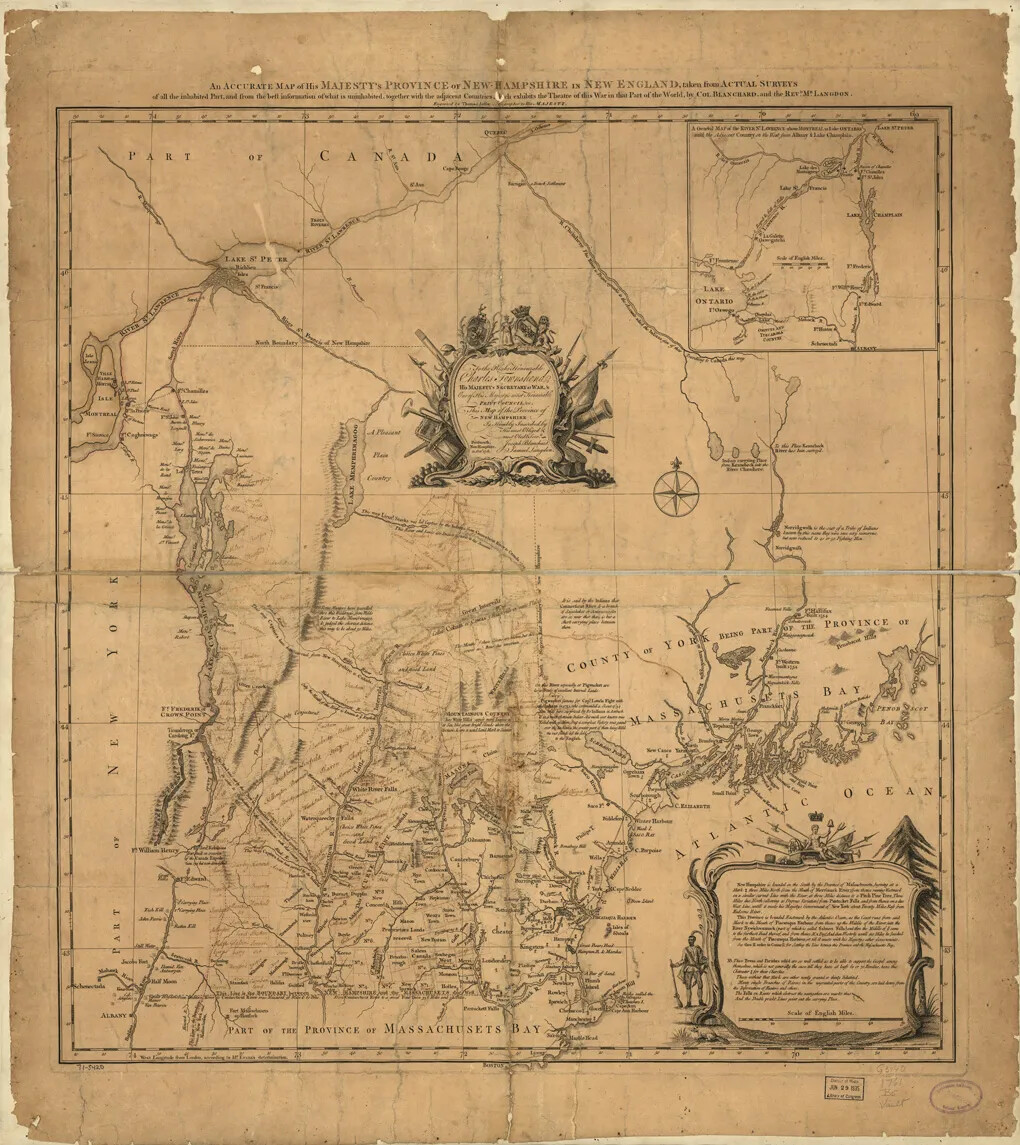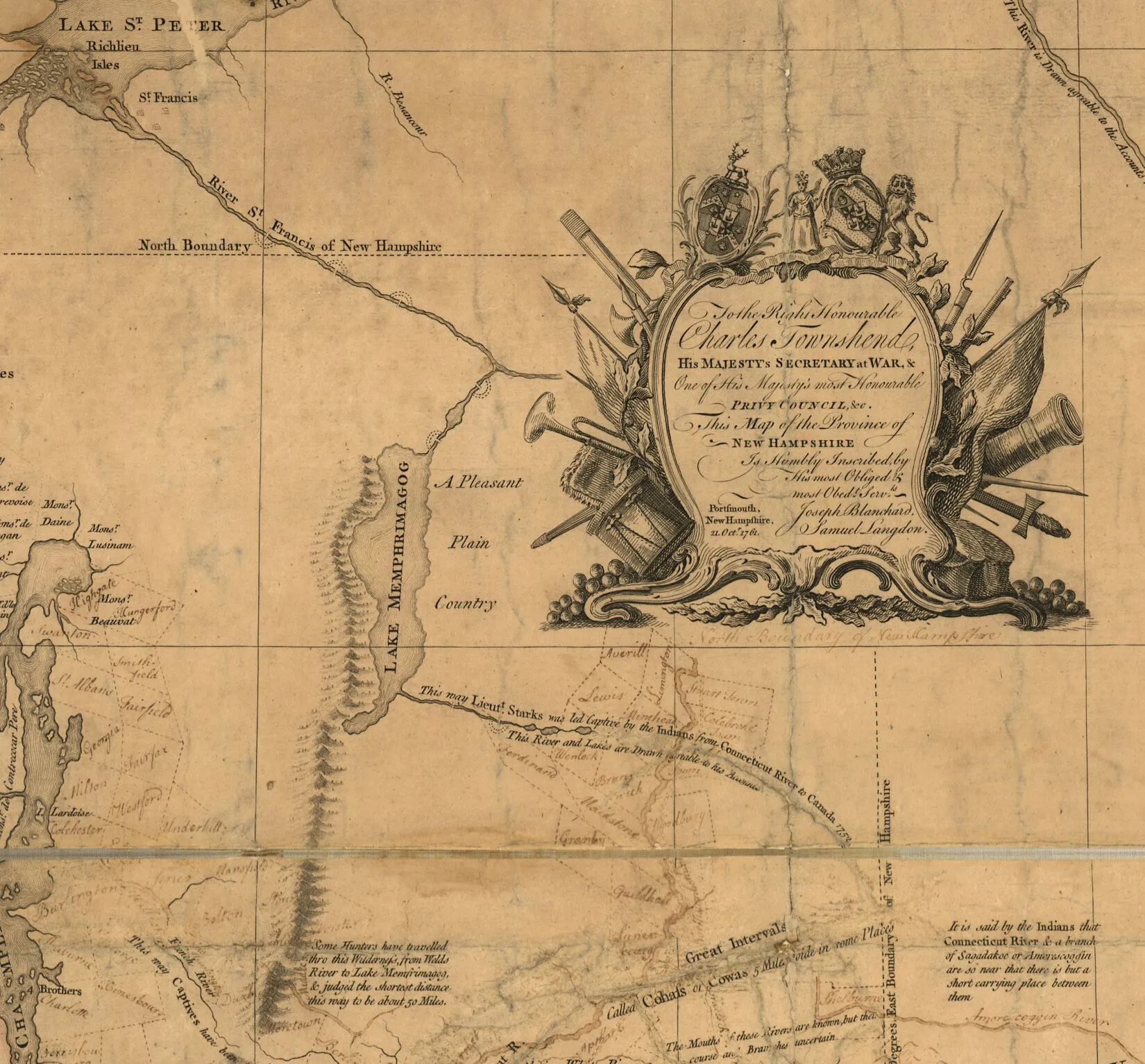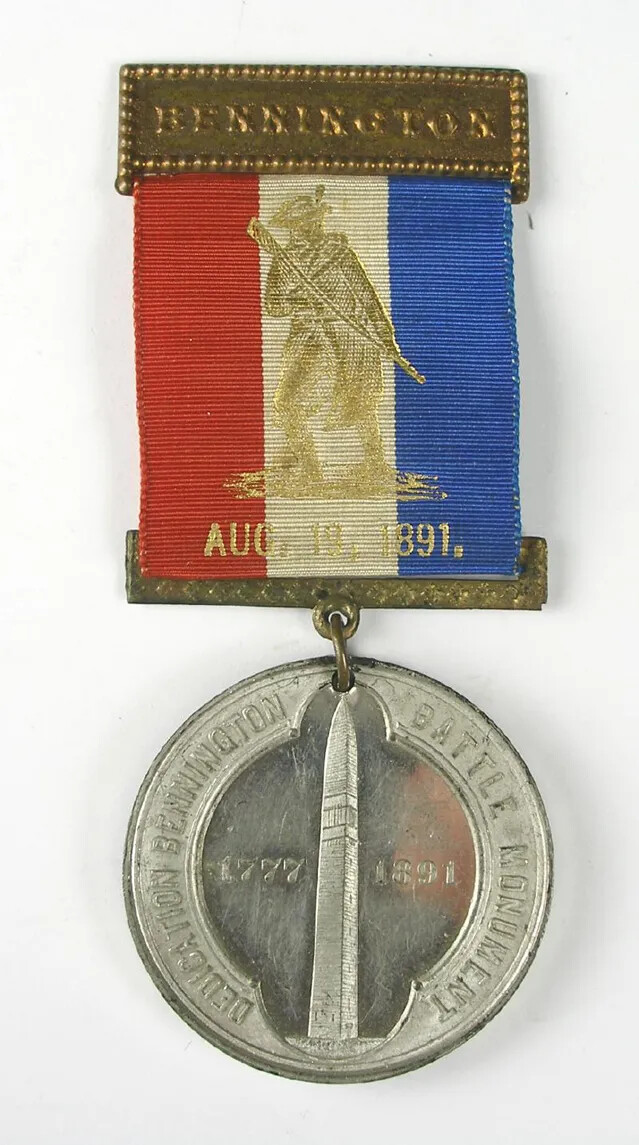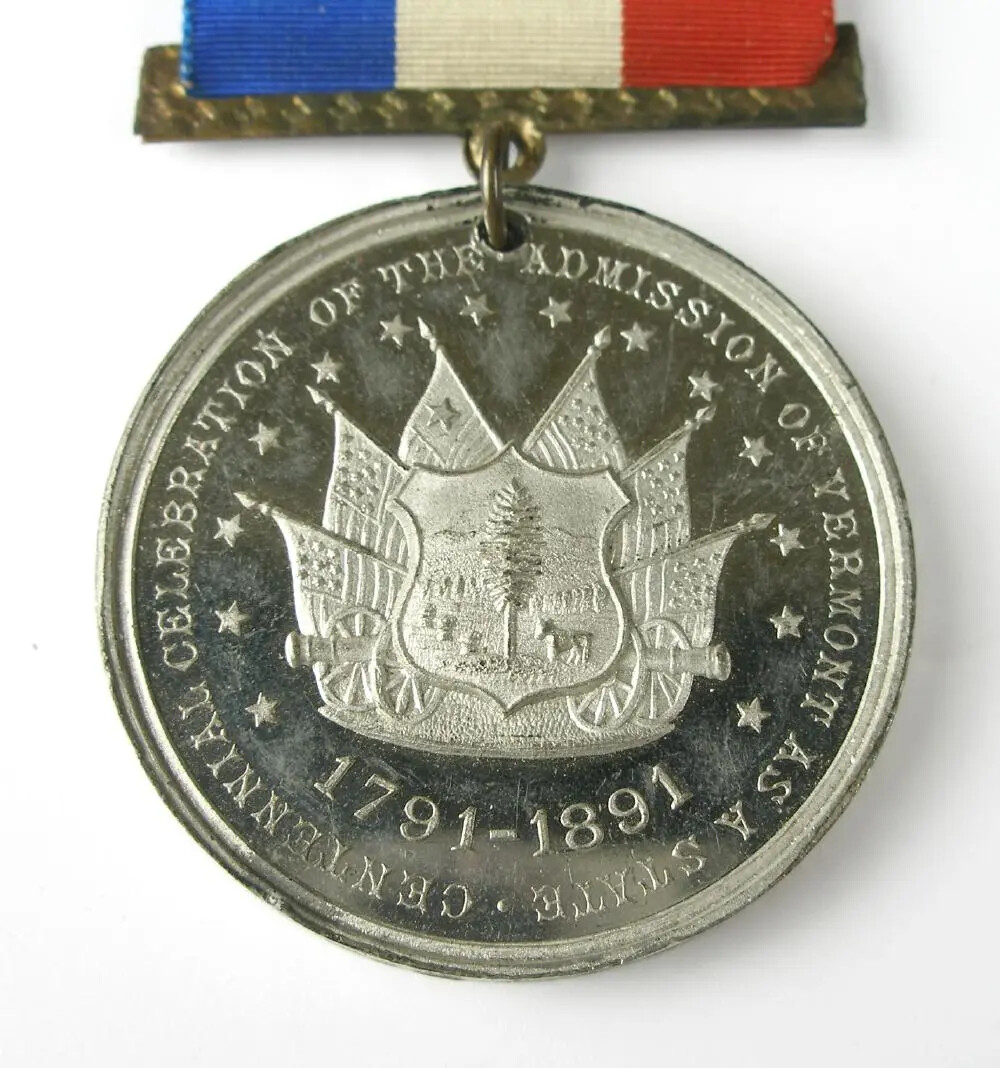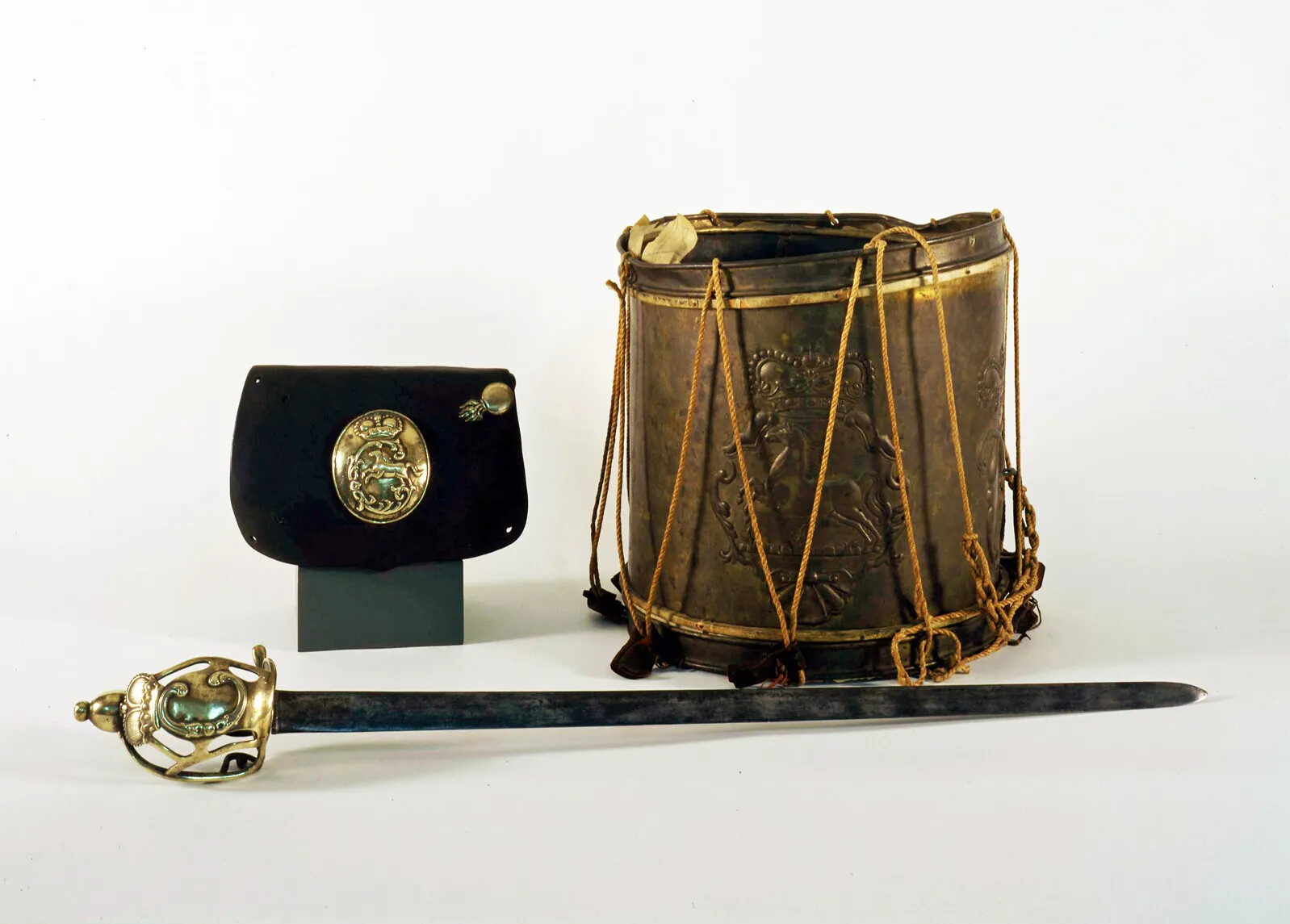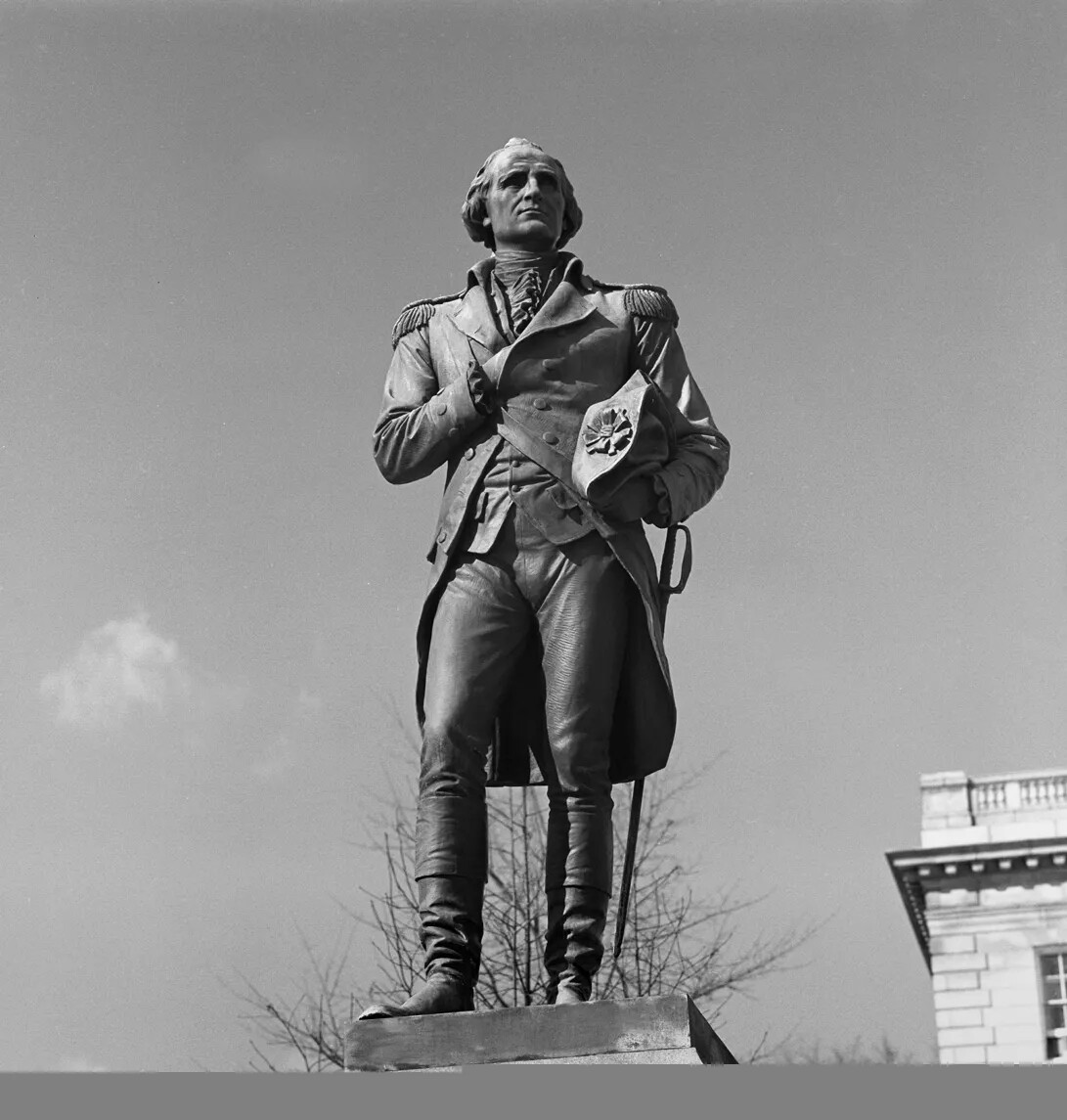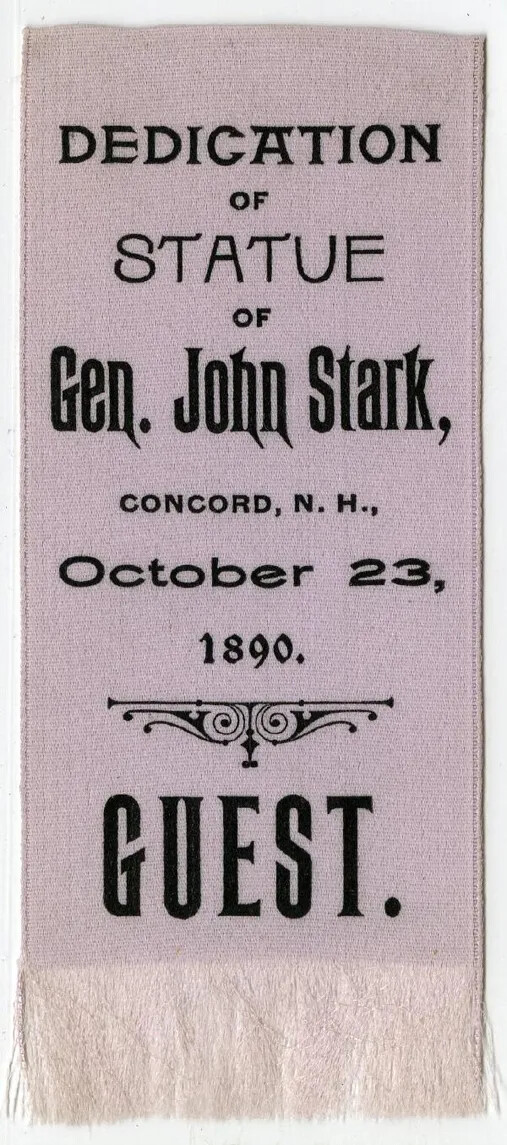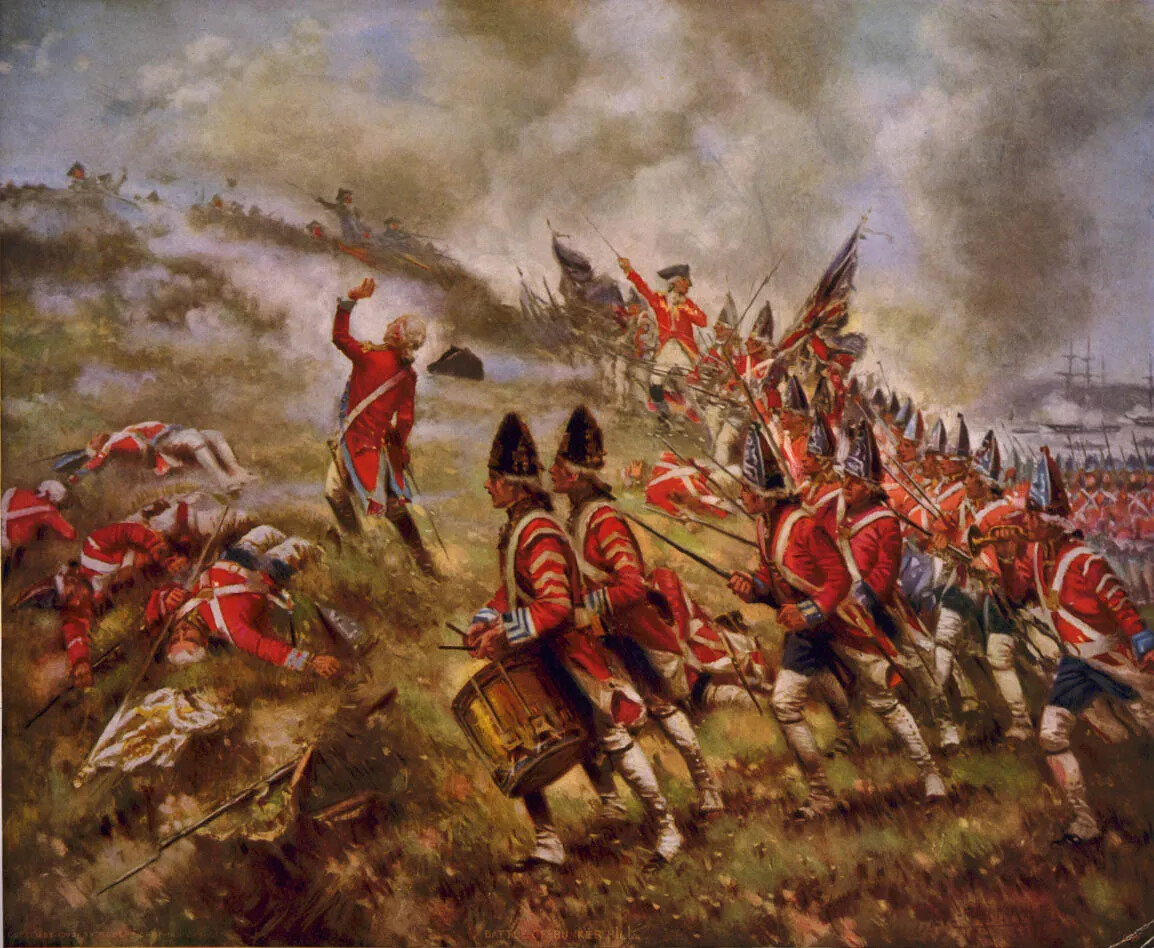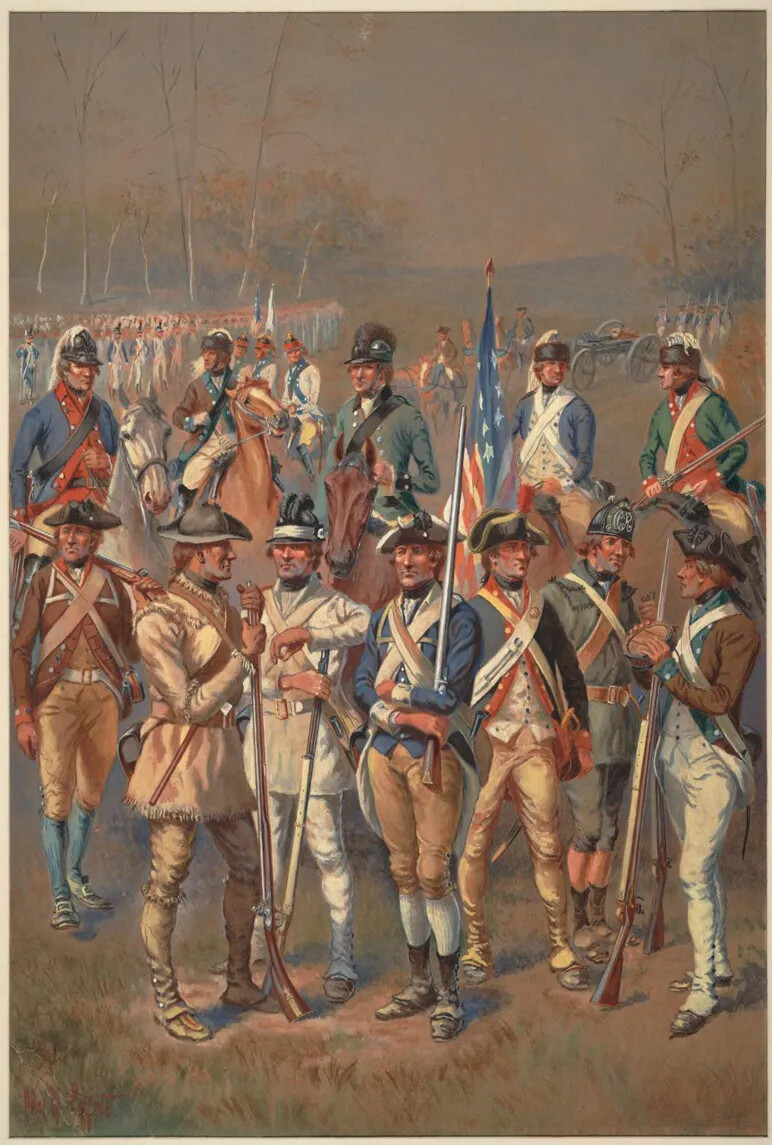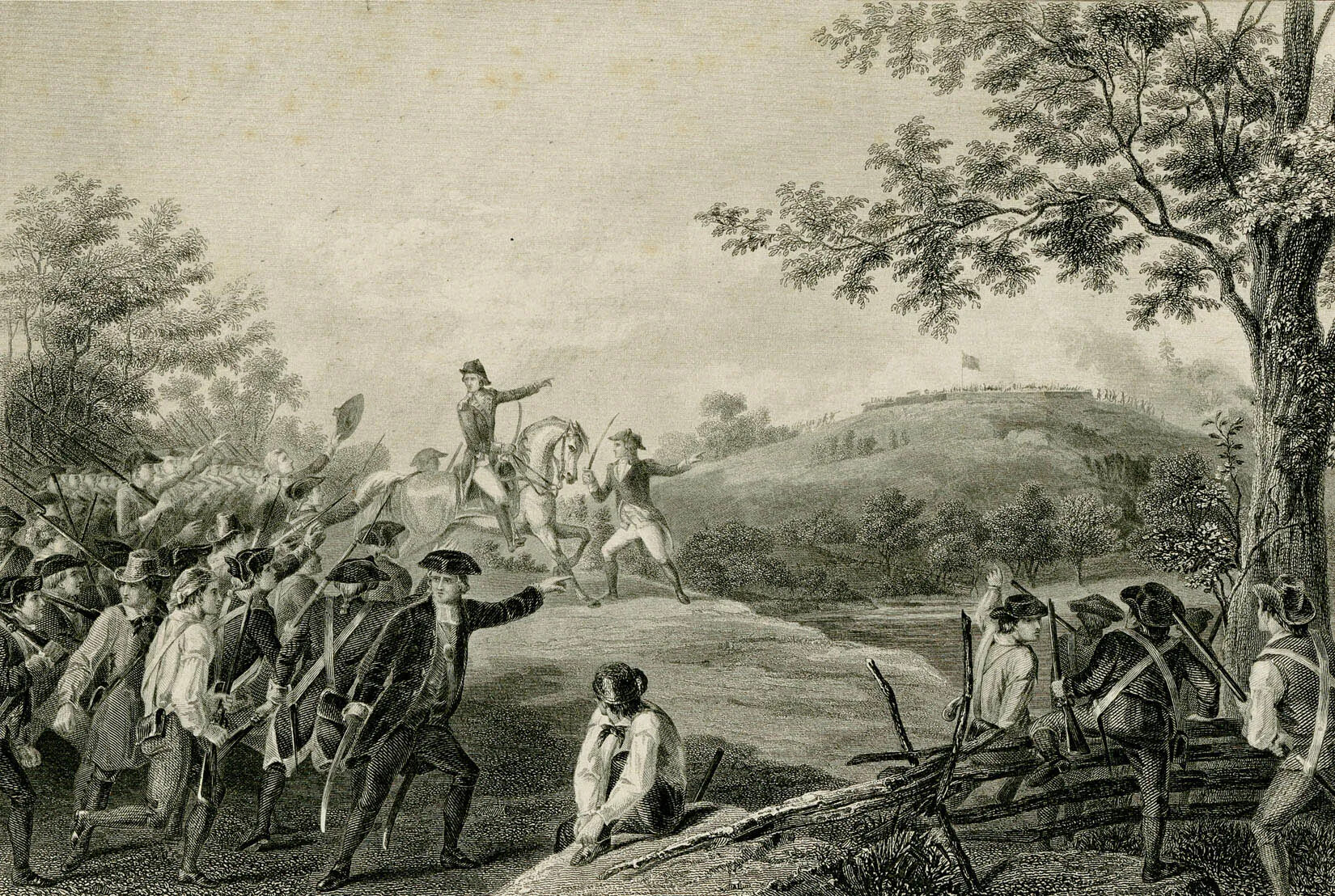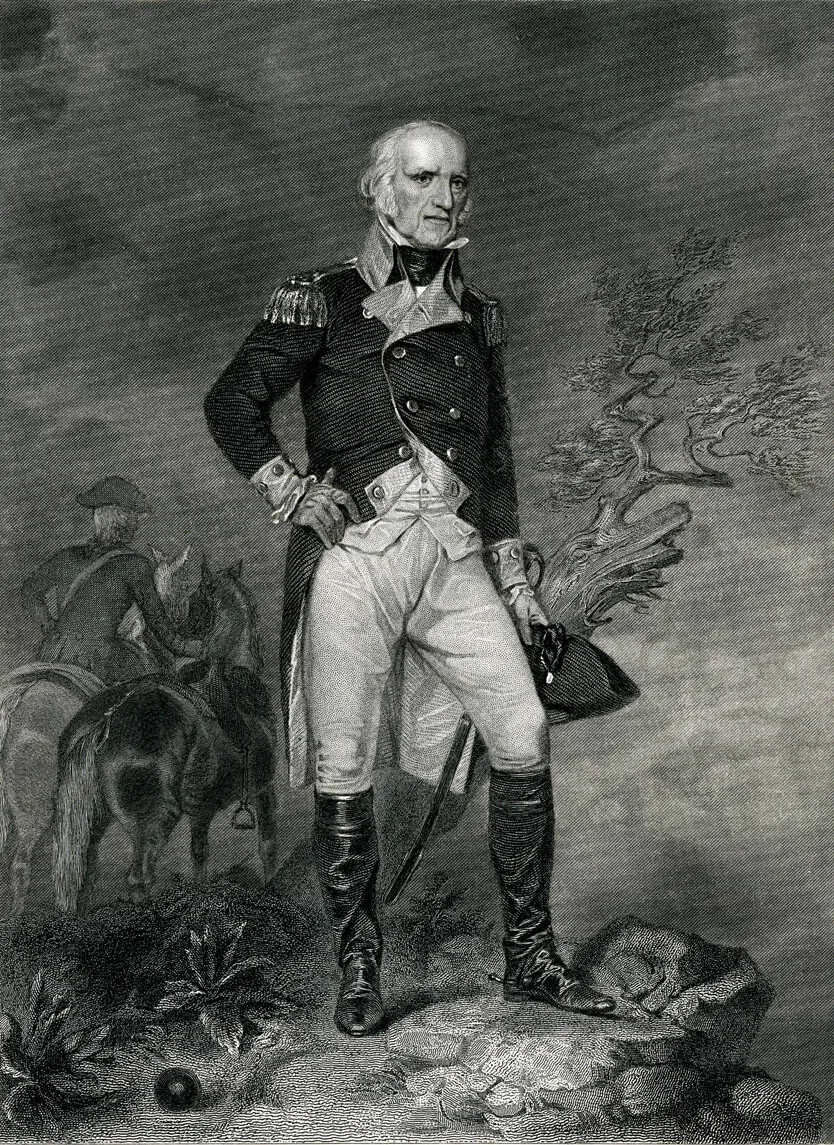Primary Source Set - John Stark
One of the most revered figures in New Hampshire history, John Stark was a Revolutionary War general and the author of what became the state motto, “Live free or die.”
Background
A native of Londonderry, Stark was an experienced backwoodsman who explored far beyond New Hampshire’s colonial settlements in the middle of the eighteenth century. He knew the native Abenaki people well, having spent time as their captive in Canada when still a young man. Stark first gained recognition for serving as second in command of Roger’s Rangers during the French and Indian War.
When the American Revolution broke out in 1775, Stark emerged as a natural leader of New Hampshire troops when they played a pivotal role at the Battle of Bunker Hill. Stark also served under George Washington at Princeton and Trenton. With a mercurial temper, Stark earned a reputation as being difficult to work with but a hardened and skilled commander. His men were fiercely loyal to him. When the British launched a campaign through New York and Vermont in the summer of 1777, prompting Vermont to send a frantic plea to its New England neighbors for troops, New Hampshire was the only state to respond, sending Stark and a contingent of New Hampshire men to southwestern Vermont to protect the local populace.
Once there, the Americans engaged a combined British-German force in what became known as the Battle of Bennington. Stark’s victory there was a decisive blow to the British campaign and earned him the sobriquet, the “Hero of Bennington.” In the years that followed, Stark remains New Hampshire’s most famous native son and a symbol of Granite Staters’ stubbornness and determination.
This primary source set guide can be used in several ways to explore the life of John Stark. It is not necessary to use all sources in a set to create a meaningful inquiry. Rather, educators are encouraged to select—or have their students select—the sources best suited to your project.
Additional Resources
- Battle of Bennington, a special bicentennial issue of Historical New Hampshire 32 (Winter 1977): 165–227.
- John Stark Papers, New Hampshire Historical Society, Concord, NH.
- New Hampshire Division of Historical Resources, Exterior Statues and Memorials at the New Hampshire State House Complex, www.nh.gov/nhdhr/publications/esm/stark.html.
- Polhemus, Richard, and John Polhemus, Stark: The Life and Wars of John Stark, French and Indian War Ranger, and Revolutionary War General (Delmar, N.Y.: Black Dome Press, 2014).
- Rose, Ben Z., John Stark: Maverick General (Waverly, M.A.: TreeLine Press, 2007).
- Stark, Caleb, Memoir and Official Correspondence of Gen. John Stark (Concord: G. Parker Lyon, 1860).
- Timeline of New Hampshire History, New Hampshire Historical Society, Found at nhhistory.org/Timeline.
Focus Questions
In addition to our general suggestions for using primary source sets, consider giving students one of the following prompts for an inquiry using this primary source set about John Stark.
-
1Why is John Stark a hero to the people of New Hampshire?
-
2What items would you use to represent John Stark's most important contributions to the state of New Hampshire?


